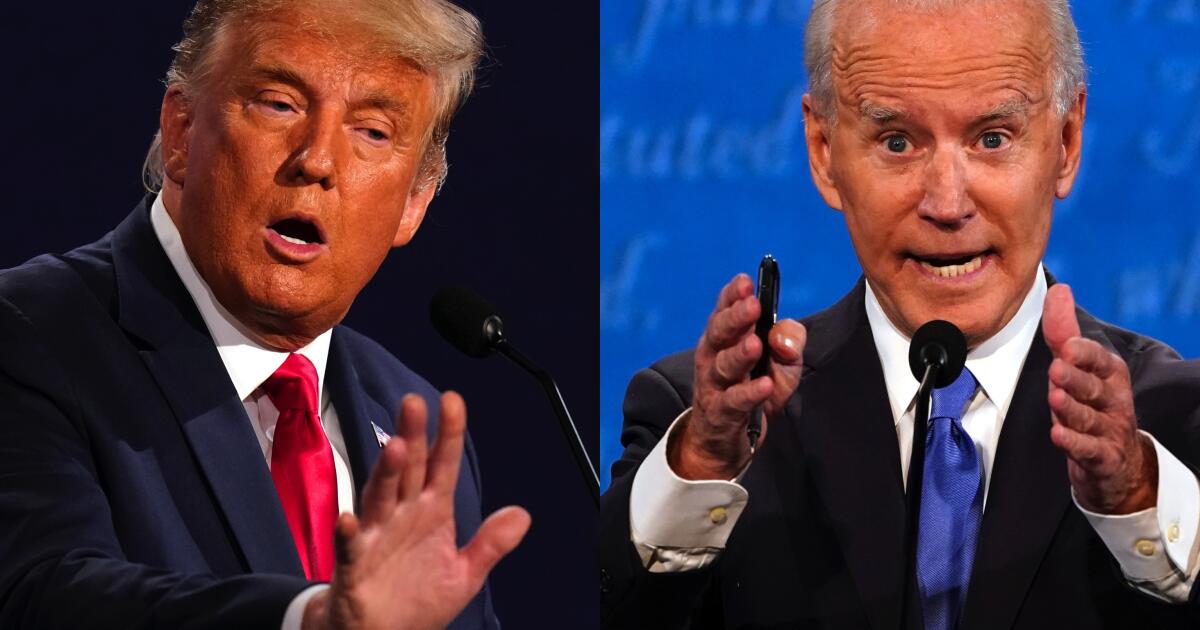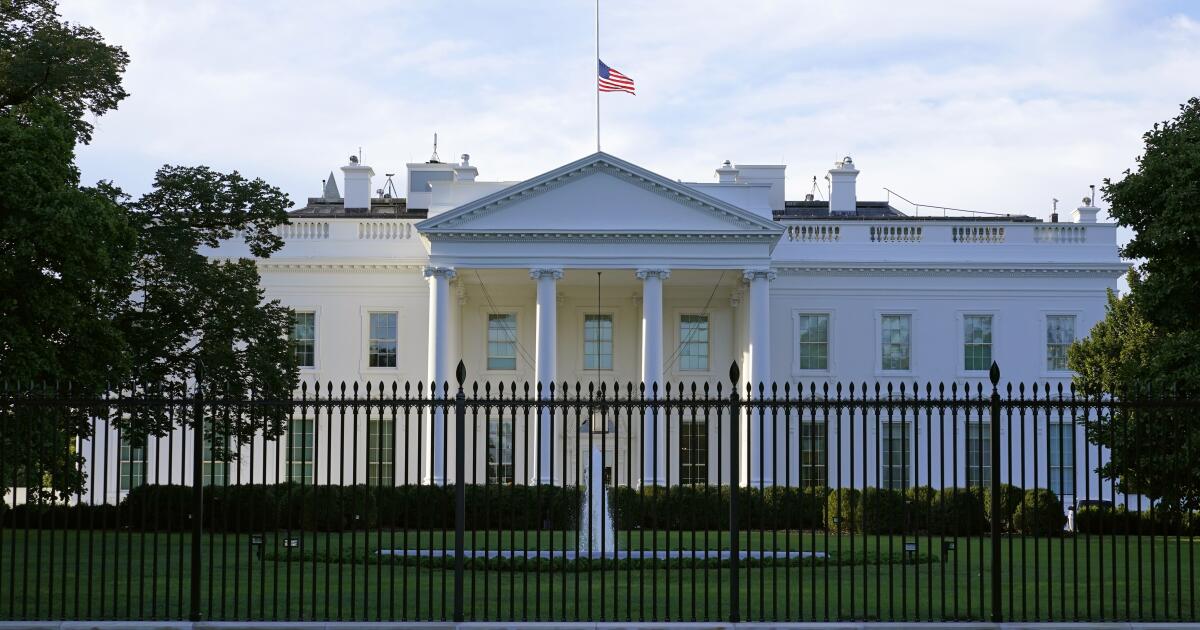Students and teachers at Los Angeles’ oldest and most run-down schools deserve nicer facilities. In addition to the basic repairs and renovations schools always need, Los Angeles Unified School District campuses lack fully functioning air conditioning systems and green space. None of this comes for free.
So some kind of bond issue will likely be necessary to fund improvements in the coming years. What kind of bond issue? How much will it cost taxpayers? Is it designed to deliver the best return on every dollar invested? How does the district’s declining enrollment affect how much money is needed and how it should be spent? Will charter schools, which are independently operated public schools that educate one-fifth of the district’s students, get their fair share?
Those are the questions that must be answered before a bond proposal is presented to voters. Unfortunately, the Los Angeles Unified School District’s school board rushed to place a $9 billion bond on the Nov. 5 ballot before fully addressing these issues. The school board voted so late in the game — with just 24 hours’ notice, the legal minimum — that even the district’s bond oversight committee was unable to offer input on the matter.
“While we understand that the district’s infrastructure needs are greater than the pool of resources currently available to fund them, the process by which this bond measure was developed and introduced, without consultation with key stakeholder groups like us (and therefore out of public view), precludes us from providing any meaningful comment,” committee Chairman Michael Hamner told the board.
Superintendent Alberto Carvalho responded that the concerns of the various factions would be taken into account in the future, according to an EdSource report. But that is something that should have happened before such a large tax was brought to the attention of voters.
This is the largest bond the district has ever issued, and it’s more than the state school bond that’s also on the November ballot and would go toward K-12 facilities. (The state bond’s total amount is $10 billion, but $1.5 billion of that goes toward community colleges.) It would cost commercial and residential property owners about $25 per $100,000 of assessed valuation — not what the property is worth now, but its assessed value, which is almost always lower. For a home valued at just $400,000, that’s $100 a year, on top of the bonds the district is still paying off.
Charter schools also have a valid concern. The bond would allocate them $300 million, or just over 3% of the money, even though charter schools educate 22% of LAUSD students. They may not need more money, but shouldn't they and taxpayers have time to figure this out before a vote is taken?
Carvalho says the district had to act quickly because it was waiting to see how much California would ask for in the state bond, which wasn't decided until well into June. The district estimates it should be able to get $700 million in matching funds from the state.
But Dan Chang, a school board candidate who opposes the bond, said during a candidate forum that the district still has more than $7 billion in bonds that have not yet been issued, from previous measures. District officials say they have already committed that money to a variety of projects. Still, Chang said, there is more than enough money that the bond did not have to be put on the ballot in a rush; in his view, the district has time to go through regular procedures at a later date to give the public a chance to weigh in.
It will be a tough decision for voters who want to support their schools but want to know the district is transparent when it comes to raising and spending money. A bond may be needed, but the rush to put it on the ballot with little notice is getting the project off to a bad start.












